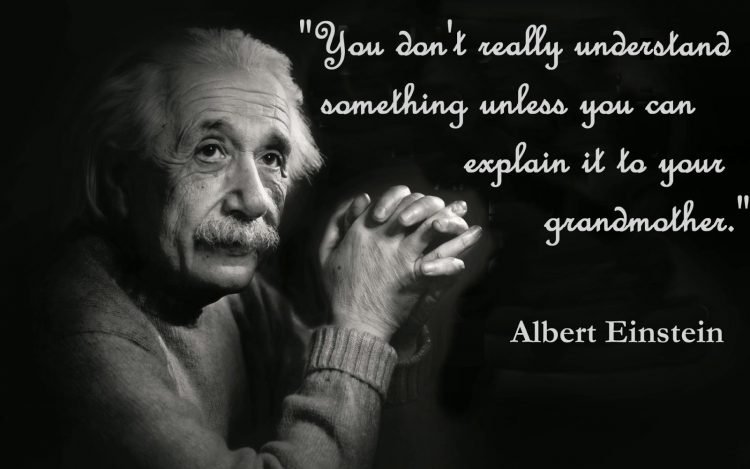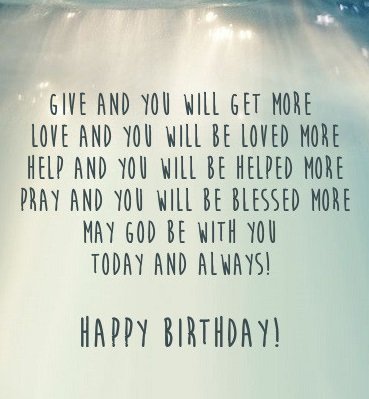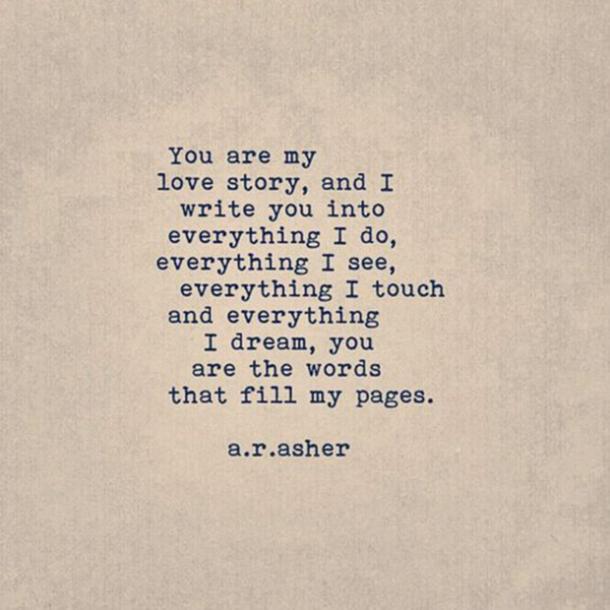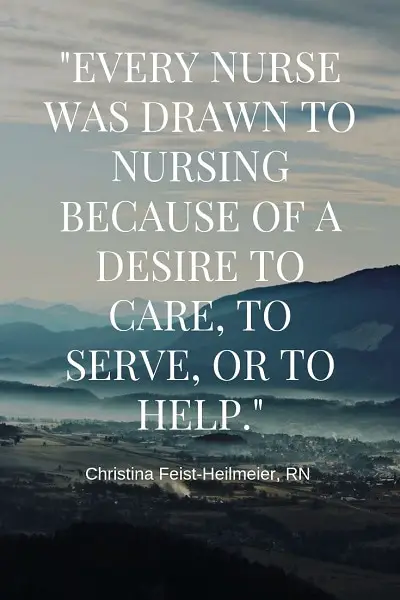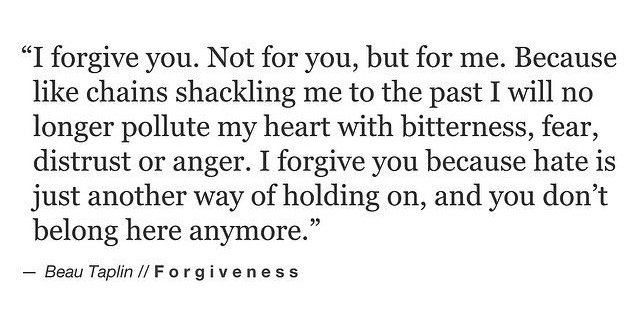115 Romantic Love Messages for Her from the Heart
You can say these romantic messages to your loved ones to express your deep feelings. Also, spend a few seconds to remind her how much she means to you by sending out these sweet loving you message for her. If you need a little inspiration to craft perfect text and romantic love message for her, … Read more

